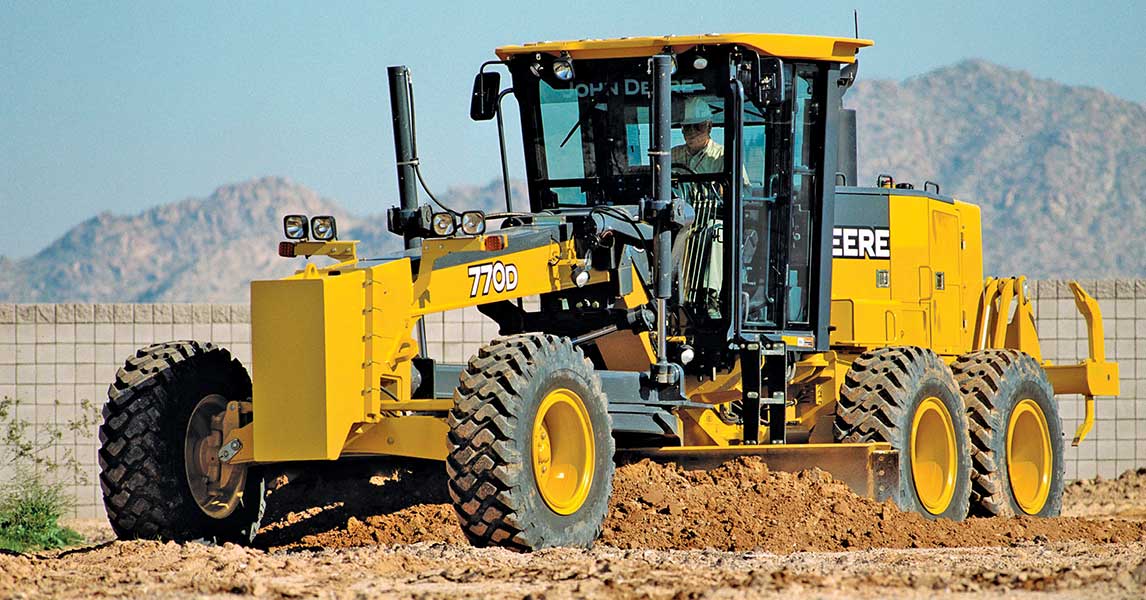Renting Vs. Acquiring Construction Equipment: Making the Right Choice for Your Job
When getting started on a building and construction project, one of the important choices that predict managers and stakeholders face is whether to rent out or purchase building and construction devices. Both choices have their advantages and disadvantages, making the option a pivotal one in the project preparation procedure. The choice hinges on numerous aspects such as price considerations, job period, devices maintenance, scalability, danger, and adaptability management. Each element plays an important role in determining the most suitable course for the job's tools demands. boom lift rental. Allow's check out these factors even more to understand how they influence the decision-making process and ultimately the success of the task.
Price Factors To Consider
Renting out tools commonly calls for lower preliminary repayments contrasted to buying, making it an appealing option for temporary tasks or contractors with budget constraints. In the lengthy run, consistently leasing devices can build up greater prices than buying, particularly for extensive projects.
On the other hand, buying building and construction tools includes greater upfront expenses however can lead to long-term cost savings, specifically for lasting tasks or regular individuals. Having devices gives flexibility, benefit, and the potential for resale value once the project is completed. Additionally, possessing tools allows for modification and familiarity with details equipment, possibly raising effectiveness and performance on-site. Eventually, the decision in between leasing and purchasing building and construction devices rests on the job's duration, regularity of use, budget plan factors to consider, and lasting financial objectives.
Project Duration

Conversely, for long-term tasks or continuous construction work, acquiring equipment could be the more cost-effective choice. Buying tools can result in cost savings over time, particularly if the devices will be often used. In addition, having equipment provides a sense of control over its availability and permits personalization to fit details task demands.

Devices Maintenance
Given the important role job period plays in establishing the most cost-efficient technique between leasing and buying construction devices, the focus now changes towards checking out the vital aspect of equipment upkeep. On the various other hand, having tools calls for a positive method to upkeep to avoid breakdowns, make certain security, and prolong the tools's lifespan. Inevitably, a well-maintained building equipment fleet, whether rented out or owned, is necessary for the successful and reliable conclusion of construction jobs.
Versatility and Scalability
In the world of construction devices administration, the facet of flexibility and scalability holds considerable significance for task efficiency and source application. Deciding to Continued rent out building and construction devices offers a high degree of versatility as it enables for the quick change of tools kinds and quantities based on the developing requirements of a task. Renting out makes it possible for service providers to access a large range of specialized tools that may be needed for particular tasks without the long-lasting commitment of ownership. This adaptability is especially helpful for jobs with differing demands or uncertain durations (scissor lift rental).
Additionally, scalability, another crucial aspect, is naturally linked to flexibility. Renting building and construction tools provides the advantage of conveniently scaling operations up or down as project needs vary. Specialists can swiftly add or trade equipment to match the task's changing demands without the restrictions of owning properties that might come to be underutilized or obsolete. This capacity to range resources successfully can lead to expense financial savings and enhanced task timelines, making leasing a favorable option for projects needing versatility and responsive resource allotment.
Danger Monitoring
Effective risk management in construction tools procedures is extremely important to ensuring job success and mitigating prospective financial losses. Building jobs inherently include numerous risks, such as devices break downs, mishaps, and job hold-ups, which can significantly influence the project timeline and budget plan. By carefully thinking about the threats linked with owning or leasing building equipment, project supervisors can make enlightened choices to lessen these possible dangers.
Renting out building tools can use a level of risk reduction by transferring the duty of repair and maintenance to the rental company. This can reduce the monetary worry on the task proprietor in situation of unforeseen devices failures (forklift rental). In addition, renting out supplies the adaptability to accessibility customized equipment for details project stages, lowering the risk of having underutilized machinery
On the other hand, owning building and construction equipment provides a feeling of control over its use and maintenance. Nonetheless, this also suggests birthing the complete obligation for fixings, upkeep costs, and depreciation, enhancing the financial threats connected with tools ownership. Mindful risk analysis and factor to consider of Look At This aspects such as project period, equipment usage, and upkeep requirements are vital in figuring out the most appropriate choice for efficient threat administration in construction tasks.
Conclusion
To conclude, when determining between renting out and buying building and construction devices, it is essential to take into consideration expense, job duration, equipment maintenance, versatility, scalability, and risk administration. Each aspect plays a critical role in establishing the most appropriate choice for the job at hand. By meticulously assessing these aspects, task managers can make an enlightened choice that straightens with their budget, timeline, and overall job objectives.
